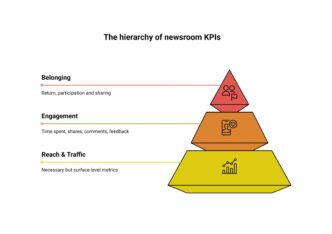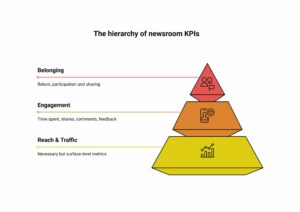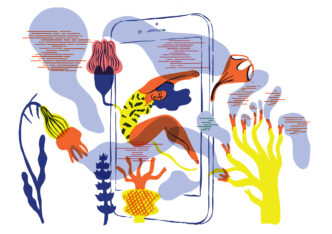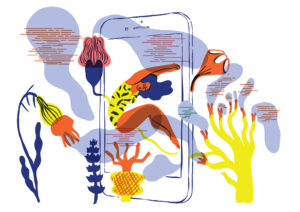

Pepe Cerezo, digital monetization consultant and specialist in digital journalism and new business models, set the scene at The Audiencers' Festival in Madrid, sharing his research on the state of subscriptions and digital reader revenue models given the end of the open web.
As expected, 2023 was a year full of concerns and doubts. Between all the economic uncertainties and major changes in the digital world, including the end of cookies as a way of identifying and tracking readers for advertising revenue, it was a challenging year. And let’s not forget the eruption of generative AI and its consequent impact on the digital ecosystem, especially in the media.
Now, here we are in 2024, and it’s shaping up to be a pretty pivotal year. We’re seeing the open web slowly but surely losing ground to “walled gardens” (registration walls and paywalls all round), and with the demise of third-party cookies and increasingly strict consent regulations in the EU, first-party data is becoming the cornerstone of publishers’ advertising models. Alongside this, a need to consolidate subscription revenue streams to support advertising and secure a sustainable business model.
As for Chat GPT and generative AI, there’s little doubt that it will transform the industry as much, if not more, than the advent of the internet did. Beyond offering new experiences in personalization, distribution and monetization, generative AI also changes the very nature of content creation and production in every format – text, audio, image and video.
What’s more, thanks to AI, the very way we handle information is changing. Content and data history is becoming a fluid, ever-changing stream of information. This shift is going to completely reshape production, distribution and monetization in ways we’ve never seen before. Sure, some people are talking about an AI bubble, but in the mid- and long-term, its game-changing impact can’t be denied.
Last year, we also saw a slight slowdown in subscription growth, which raised some questions about where reader revenue models are headed.
Despite the difficulty of driving double-digit subscriber growth in this context, publishers have to think about how they can be more efficient, refine their metrics and learn from more mature industries like video streaming platforms.
You see, the slowdown in new subscriber growth after the pandemic led to an increase in promotional offers and expensive marketing moves, which naturally bumped up subscriber acquisition costs.
And it’s all interconnected in the subscription ecosystem. More offers and trials might draw in new subscribers, but this can also lead to higher churn rates when the trials end, and that affects our lifetime value. If we solely focus on getting more paying users, over time, the business will become weaker, frustrating initial prospects.
That’s why it’s essential to keep an eye on the efficiency of operations, keeping track of the Average Revenue Per User (ARPU) and the relationship between Customer Acquisition Costs (CAC) and Lifetime Value (LTV). The lower the acquisition cost and the higher the ARPU, the better the LTV, and the more profitable those users will be. Because not all subscribers are the same, which means that measuring them in aggregate, as we have been doing, serves as a vanity metric but is not very effective for evaluating the operation of our business. In this way, obtaining first-party data helps us to get to know our readers better and better.
In the new scenario of the end of the open web, any formula to get users to register becomes vital. To this end, the media have to bet on all possible ways: registration walls, promoting mobile apps, sending out newsletters and alerts, and of course, pushing subscriptions.
In less mature markets, the “conversion war” will probably continue, but the focus will turn to attracting the most profitable and loyal users.
Subscriptions are still a work in progress, but they’re a key part of diversifying media business models. They’re not just important for the revenue they bring in, but also for the freedom they give us from advertisers. Plus, they help us build our own walled gardens with high-quality first-party data.
So, as we move towards the end of the open web, the media needs to double down on creating valuable spaces for their communities, offering high quality products and services, and reinforcing the value of their brands in accordance with their mission and values. The future lies in it.












